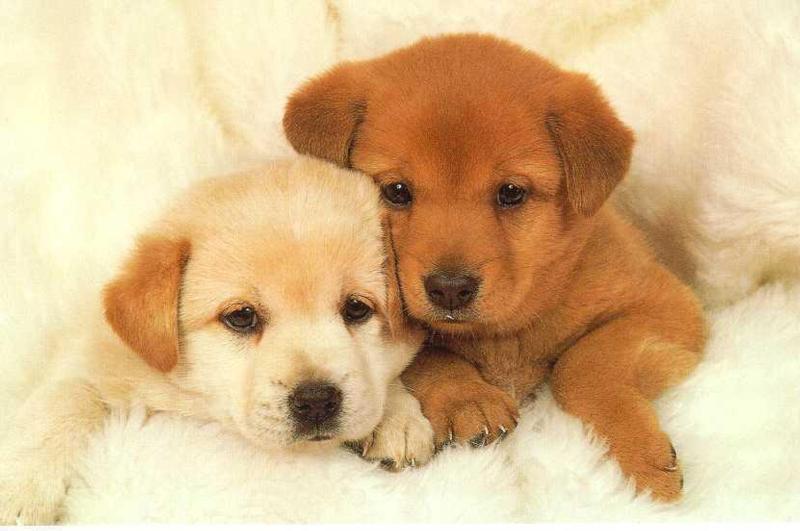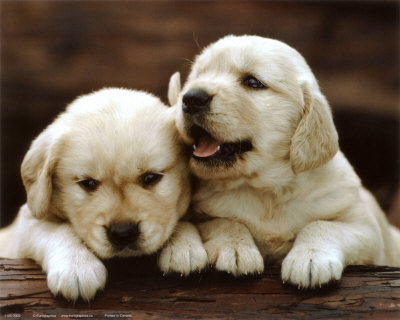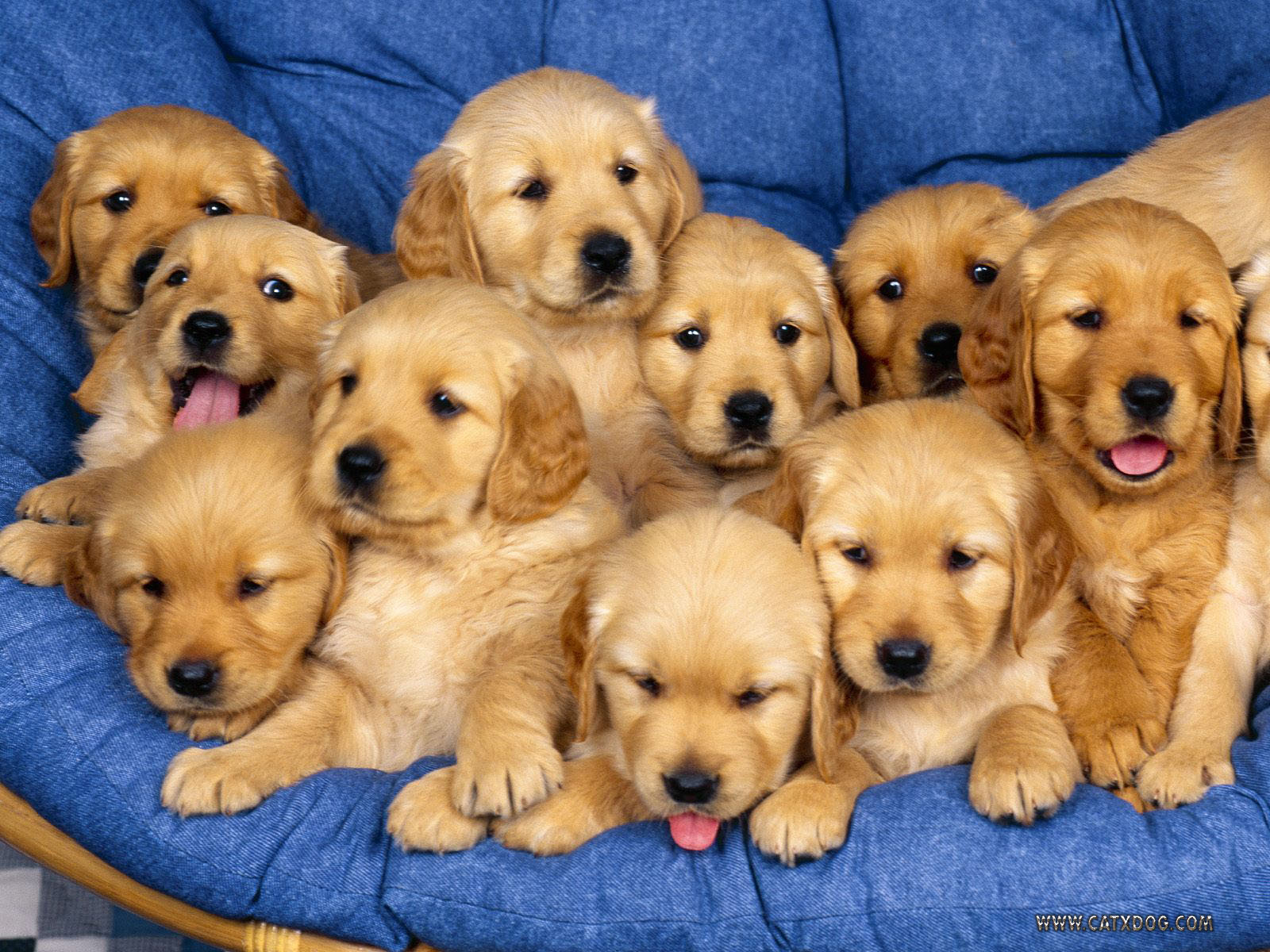

The dog quickly became ubiquitous across culture in all parts of the world, and was
extremely valuable to early human settlements. For instance, it is believed that the
successful emigration across the Bering Strait might not have been possible without sled
dogs.[3] Dogs perform many roles for people, such as hunting, herding, protection, and,
more recently, assisting handicapped individuals. Currently, there are estimated to be 400
million dogs in the world.

Over the 15,000 year span that the dog had been domesticated, it diverged into only a
handful of landraces, groups of similar animals whose morphology and behavior have been
shaped by environmental factors and functional roles. As the modern understanding of
genetics developed, humans began to intentionally breed dogs for a wide range of specific
traits. Through this process, the dog has developed into hundreds of varied breeds, and
shows more behavioral and morphological variation than any other land mammal.[5] For
example, height measured to the withers ranges from a few inches in the Chihuahua to a
few feet in the Irish Wolfhound; color varies from white through grays (usually
called "blue'") to black, and browns from light (tan) to dark ("red" or "chocolate") in
a wide variation of patterns; coats can be short or long, coarse-haired to wool-like,
straight, curly, or smooth.[6] It is common for most breeds to shed this coat, but
non-shedding breeds are also popular.

<Home| 2|3|4|5|6|7|8



